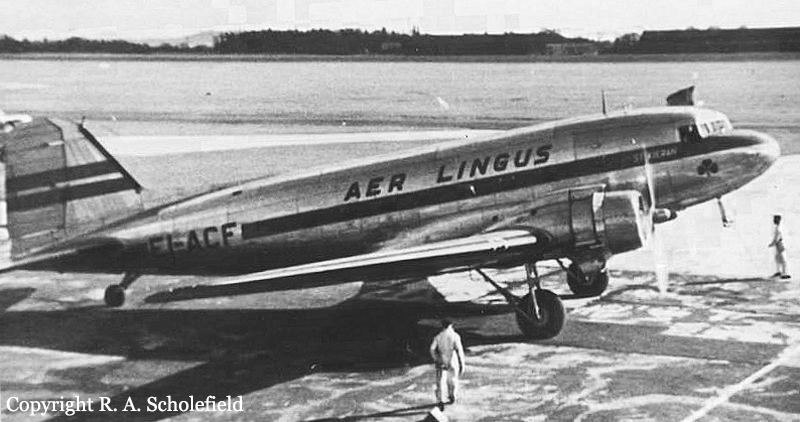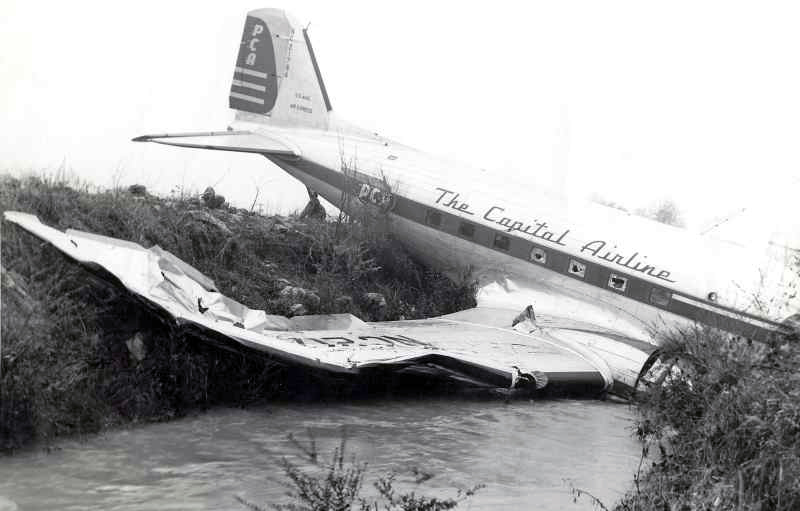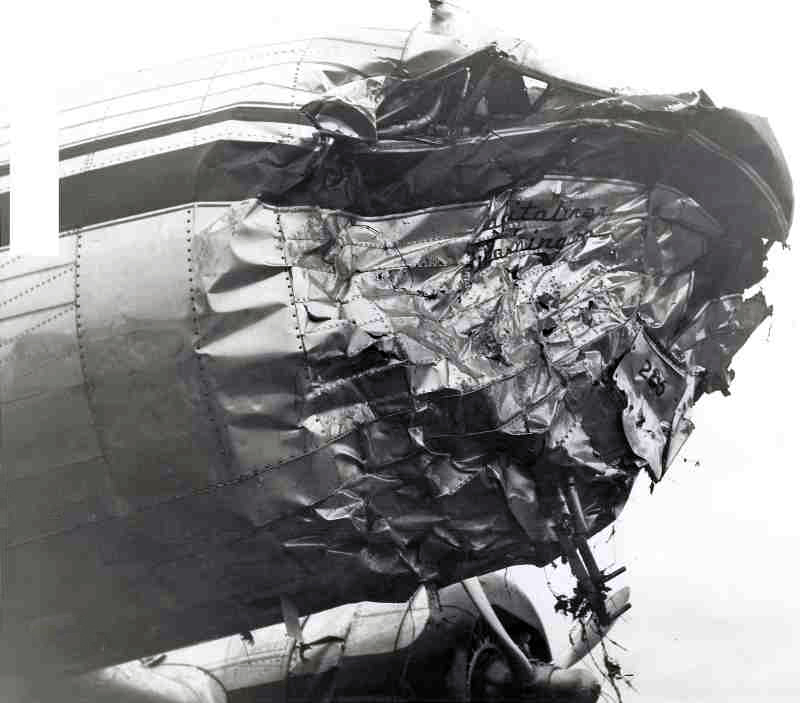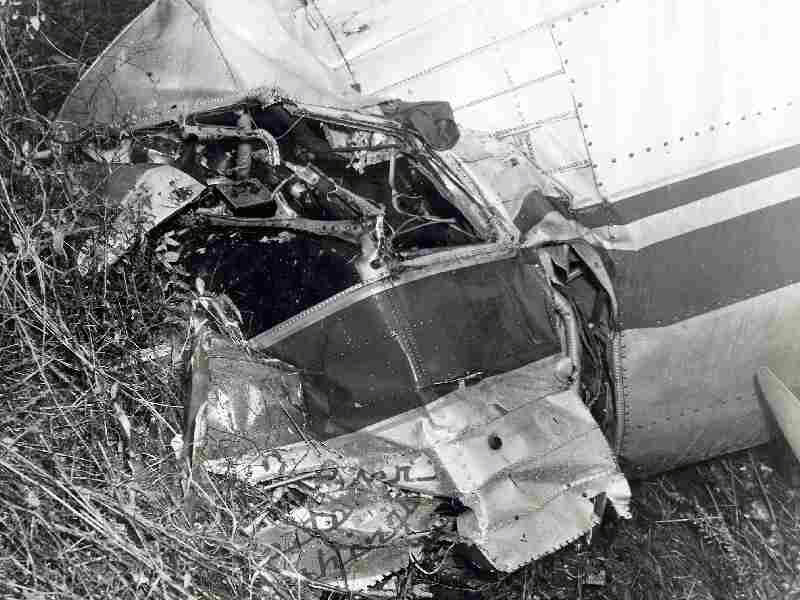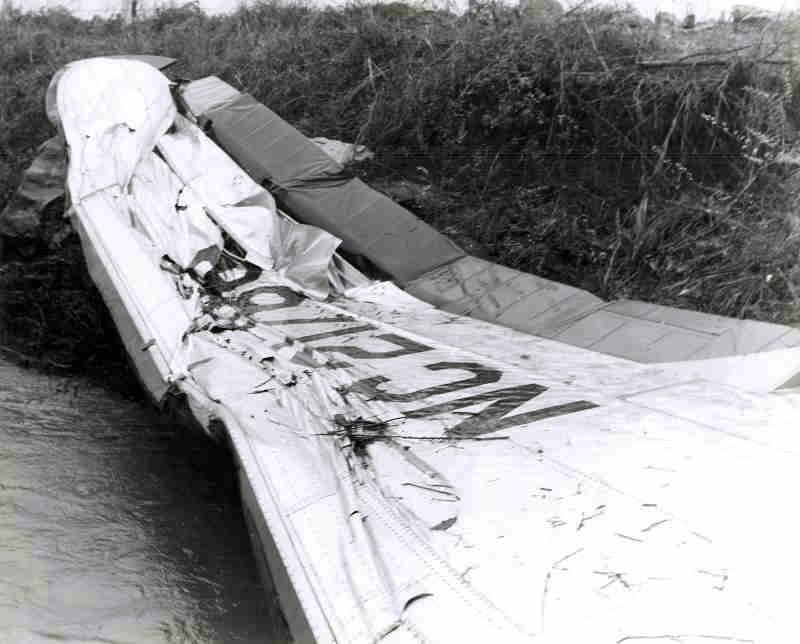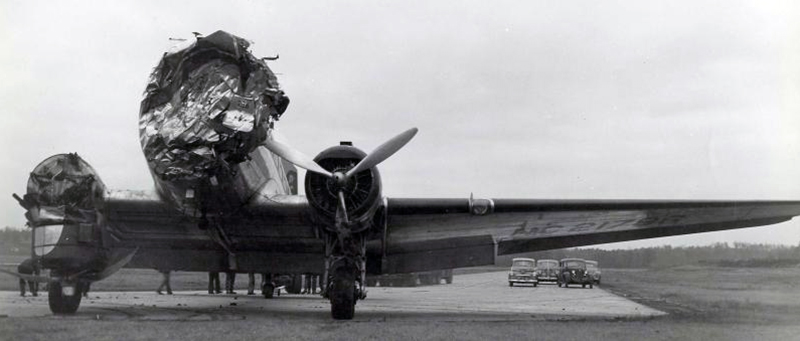Crash of a De Havilland DH.89A Dragon Rapide in Berkswell
Date & Time:
Oct 7, 1956
Registration:
G-AGLR
Survivors:
Yes
Schedule:
Paris – Birmingham
MSN:
6781
YOM:
1944
Crew on board:
2
Crew fatalities:
Pax on board:
7
Pax fatalities:
Other fatalities:
Total fatalities:
0
Circumstances:
On final approach to Birmingham Airport, both engines failed simultaneously. The crew elected to make an emergency landing but the aircraft crashed in flames in a field located in Berkswell, about 5 miles short of runway 33 threshold. While all nine occupants were injured, the aircraft was destroyed by fire. It is believed the accident was caused by a fuel exhaustion but fuel remained probably in auxiliary tank as the aircraft caught fire.




